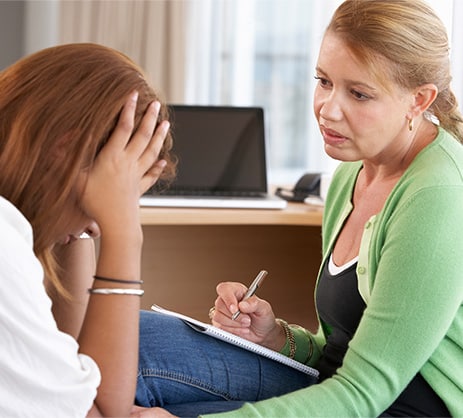Biology of Recovery from Opioid Use Disorder
Opioid Use Disorder is a treatable disease.
As you progress in treatment, your brain heals and responds with physical changes. Let’s take a quick look at the biology of recovery.

Treatment
When you enter treatment, you have very few naturally occurring endorphins and a significantly decreased number of opioid receptors. You may experience symptoms of withdrawal, including anxiety, agitation, insomnia, diarrhea, cramping, nausea and vomiting.
Relief
The effective and evidence-based medications used to treat OUD bond to your remaining opioid receptors to eliminate withdrawal symptoms and control cravings. This helps you to bring an end to illegal drug use, wasted money, wasted time and life-threatening behavior. Your risk of overdose and death decreases dramatically. Now you can begin biological, psychological and social recovery.


Healing
Scientific studies show that your brain responds to treatment over a 6-12 month period by rebuilding opioid receptors and restarting its production of natural endorphins. You will be on your way to feeling “normal” again as soon as you start treatment.
Tapering
Once your brain has repaired itself and you have engaged in counseling services to learn important recovery skills and relapse prevention techniques, your medication can be slowly reduced through a collaborative process with your medical provider at your own pace.


Recovery
You have now experienced 6-12 months of healing. You have learned practical skills to strengthen your recovery. You have worked to improve your life by finding a job, going to school or repairing relationships. You are now ready to live your life with a plan for continued and lasting success that works for you.
Ready to take the first step toward recovery and start taking back your life? We’re here to help – just call or text us today at 855.694.8288 . You can also discover some proven strategies to help you or your loved one succeed in treatment when you learn about the biology of success.
